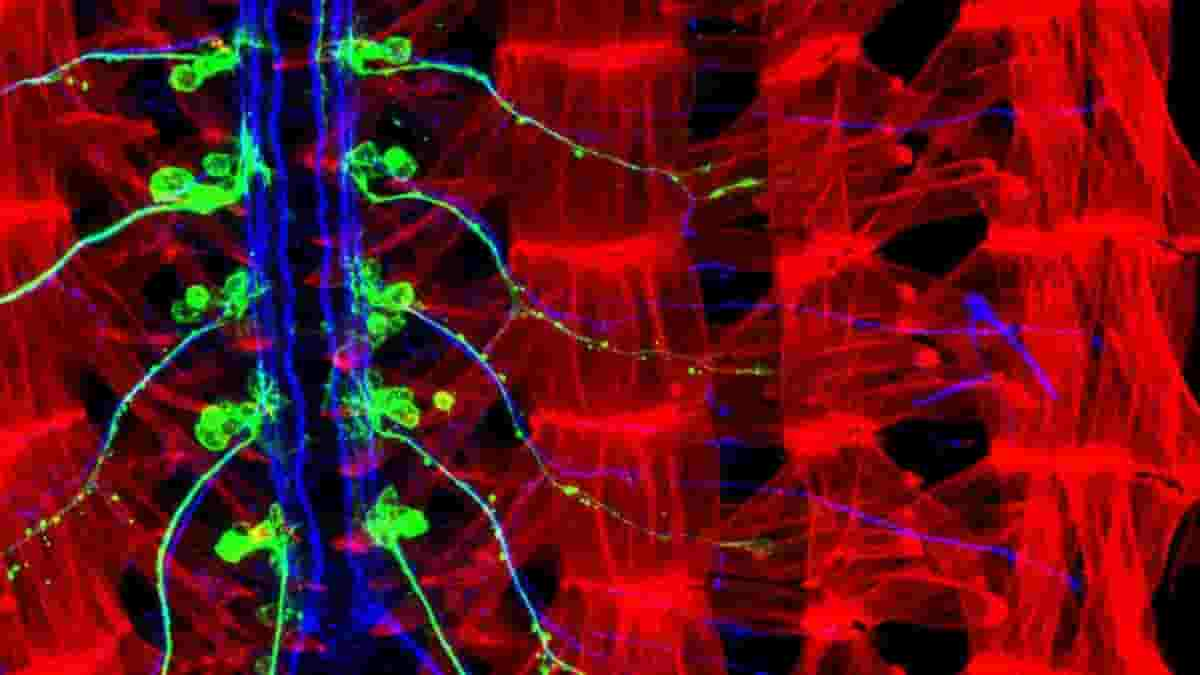A small molecule in cells that was previously believed to have no impact on animal behaviour could in fact be responsible for controlling precise movements, according to new research from the University of Sussex.
The team at Sussex, led by Dr Claudio Alonso, found that fruit flies had difficulty righting themselves when placed upside down after changes were made to tiny pieces of their genetic material encoding microRNAs (miRNAs).
MiRNAs are molecules encoded in the genome of all animals, including humans, that regulate the activity of individual genes.
MiRNAs have been shown to affect the formation of the nervous system, but the Sussex-led research is the first to show that they might also have very specific roles in controlling certain movements.
Encoded Movements
Dr Alonso, a Wellcome Trust Investigator and Reader in Developmental Genetics in the School of Life Sciences, explains:
“We know very little about how simple movements are encoded in the genome. Yet, the survival of all animals – including humans – strongly depends on our ability to perform simple movements since the moment of birth, such as primitive reflexes essential for feeding. This knowledge might in the long-term contribute to the understanding of the underlying mechanisms of human disorders of the nervous system that lead to loss of movement coordination, such as Parkinson’s disease.”
The researchers had originally tried ‘switching off’ individual microRNA molecules to investigate how this affected the formation of fruit flies’ nervous systems.
Nervous System Check
When they found no apparent effects on the structure of the nervous system of fruit flies lacking the miRNA, they instead investigated whether the nervous system ‘worked’ properly.
This was when they discovered that fruit flies lacking a specific miRNA could not correct their position when placed upside down.
Dr Alonso and his team are now turning their attention to whether different miRNA molecules could be responsible for other movements both in the fruit fly and in other organisms.
Fruit flies are small insects that are often used for genetic research as they reproduce quickly, are easy to breed in laboratory conditions and share many of the same fundamental mechanisms and pathways found in more complex organisms such as humans.
Reference:
- Joao Picao-Osorio, Jamie Johnston, Matthias Landgraf, Jimena Berni, and Claudio R. Alonso. MicroRNA-encoded behavior in Drosophila. Science aad0217 DOI:10.1126/science.aad0217
Image: confocal microscopy image of the young Drosophila (fruitfly) nervous system. The green label shows the neurons where the microRNA investigated in our study exerts its actions. The red signal shows the embryonic muscles, and the blue label shows other neurons involved in motor control. Credit: Claudio Alonso
Last Updated on November 13, 2023
